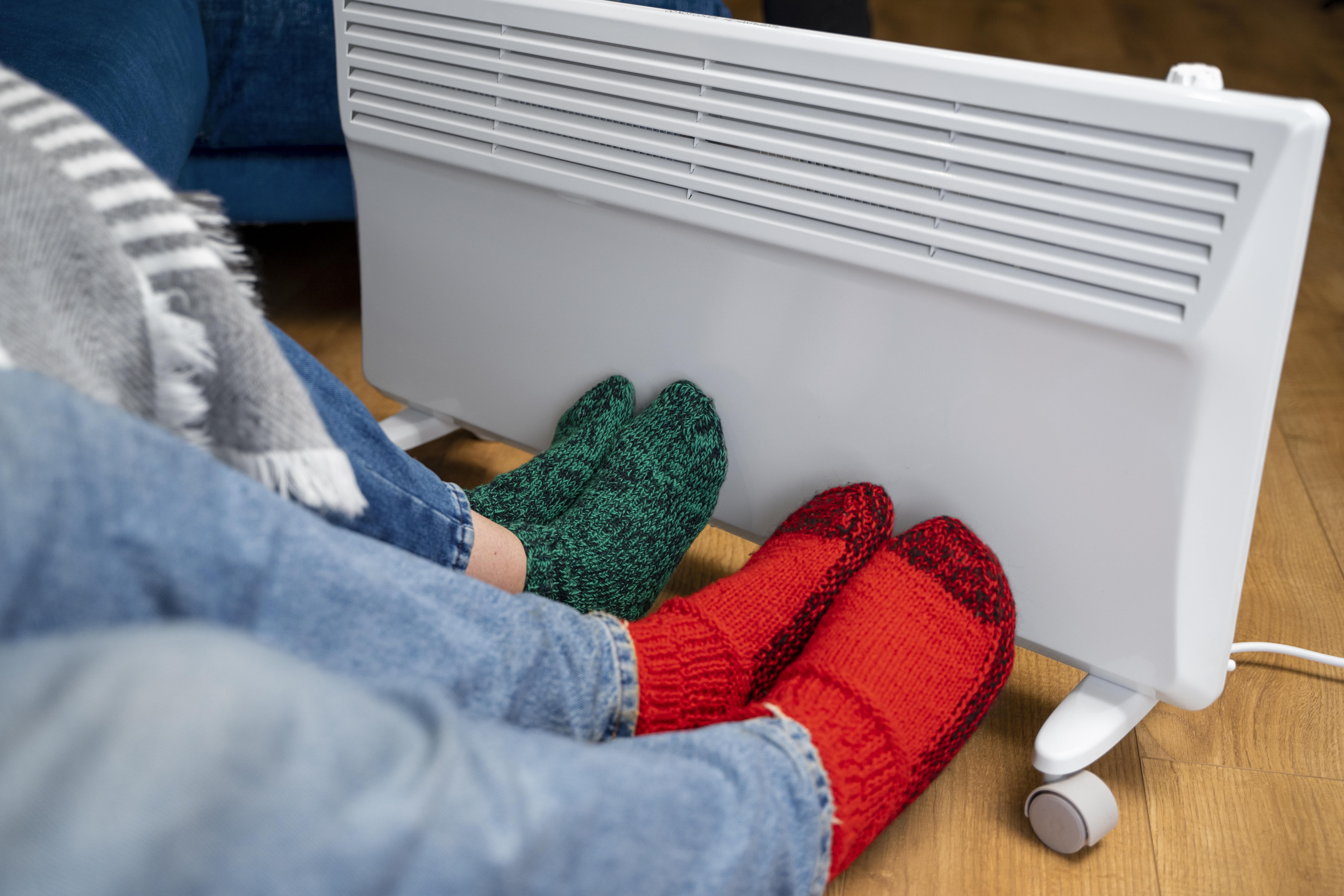Heating Services in Puyallup, WA
Cool, damp Puyallup winters make dependable heating essential for comfort and indoor air quality. Professional heating services keep furnaces and heat pumps running safely, efficiently, and reliably through seasonal maintenance, diagnostics, and repair. Technicians address common local issues such as airflow restrictions, ignition faults, thermostat failures, and heat pump inefficiencies while helping reduce energy costs and prevent mid-season breakdowns. Services also include safety inspections, system cleanings, and performance tuning to ensure consistent warmth and long-term equipment reliability.

Heating Services in Puyallup, WA
Winters in Puyallup are cool and damp, making a reliable heating system essential for comfort and indoor air quality. Professional heating services help homeowners keep furnaces and heat pumps running safely, reduce energy costs, and avoid mid-season breakdowns. common local heating problems, the full scope of services, diagnostic and repair processes, and practical recommendations to improve heating efficiency and reliability.
Common Heating Issues in Puyallup Homes
- Uneven heating or cold rooms due to duct leaks, undersized equipment, or poor insulation
- Noisy operation, short cycling, or frequent start-stop behavior from aging furnaces
- Reduced output or long run times on heat pumps during cold, damp spells
- Pilot light or ignition failures from dirty burners or failing sensors
- Odors and moisture-related problems from condensation or vent corrosion
- Higher-than-expected fuel bills from poor tune-ups, clogged filters, or failing components
- Oil heating challenges: aging equipment, higher fuel costs, and incentive to convert to gas or heat pump systems
Comprehensive Heating Services Available
Furnace Inspections
- Visual and operational checks for safe combustion, proper venting, and correct thermostat calibration
- Inspection points include heat exchanger condition, flame quality, filter status, and electrical connections
Diagnostics and Repairs
- Systematic troubleshooting of electrical, ignition, fuel, airflow, and control issues
- Common repairs: igniters, sensors, motors, belts, control boards, gas valves, and combustion components
Seasonal Tune-Ups
- Preventive maintenance before winter to clean burners, inspect heat exchangers, lubricate bearings, test safety controls, and verify airflow
- Restores efficiency and reduces risk of breakdowns during cold spells
System Replacements
- Evaluation of age, repair history, and efficiency to determine repair vs. replacement
- Options: high-efficiency gas furnaces, modern heat pumps, and ductwork upgrades
Oil-to-Gas Conversions
- Reduce fuel handling, lower operating costs, and enable modern, efficient equipment
- Requires gas line evaluation, venting modifications, and proper combustion testing
Heat Pump Service and Installations
- Air-source and ductless mini-split systems deliver efficient heating and cooling year-round
- Services include refrigerant charge checks, compressor and reversing valve inspections, and winter performance optimization
Maintenance Plans and Benefits
- Scheduled tune-ups, priority scheduling, and consistent filter and safety checks
- Benefits: improved efficiency, extended equipment life, predictable maintenance, and lower emergency repair risk
Performance Testing and Recommendations
- Testing includes airflow measurement, static pressure, temperature rise, refrigerant superheat/subcooling, and combustion analysis
- Provides recommendations to improve comfort and efficiency
Typical Diagnostic Process
- Confirm symptoms and collect system history
- Visual inspection of equipment, vents, and accessible ductwork
- Verify electrical supply, control signals, and thermostat operation
- Check combustion safety: flame pattern, carbon monoxide, venting, heat exchanger integrity
- Measure airflow, temperature differentials, refrigerant pressures (for heat pumps), and perform combustion efficiency testing
- Provide clear repair vs. replacement assessment with expected outcomes
Repairs, Replacements, and Decision Criteria
- Repair: When a single component fails, system is relatively new, and efficiency is reasonable
- Replace: Near end of life (furnaces: 15–20 years; heat pumps: 10–15 years), repair costs approach replacement, or efficiency gains justify upgrade
- Oil-to-Gas Conversions: Consider installation impacts and long-term fuel savings
- Heat Pump Retrofits: Attractive if ductwork is adequate or ductless zoning is desired
Performance Testing Details
- Combustion analysis for gas systems to ensure safe, efficient fuel use
- AFUE and efficiency checks compared to rated performance
- Airflow and static pressure checks for blocked returns, dirty coils, or undersized ducts
- Refrigerant charge and superheat/subcooling verification for heat pumps
Practical Recommendations to Improve Efficiency and Reliability
- Install a programmable or smart thermostat with modest setbacks during unoccupied hours
- Replace filters regularly; consider high-efficiency pleated filters
- Seal and insulate ducts in unconditioned spaces
- Add insulation and weather-strip windows and doors to reduce drafts
- Use zoning controls or ductless mini-splits for targeted comfort
- Enroll in maintenance plans for seasonal tune-ups and early detection of failing components
- Maintain CO detectors and ensure venting remains clear of debris, nests, or corrosion
Why Timely Heating Service Matters in Puyallup
- Prevents cold nights and reduces energy waste
- Lowers risk of dangerous failures such as carbon monoxide leaks
- Damp, temperate climate increases risk of corrosion and moisture-related issues
- Proper diagnostics, maintenance, and targeted upgrades improve reliability, comfort, indoor air quality, and operating costs

